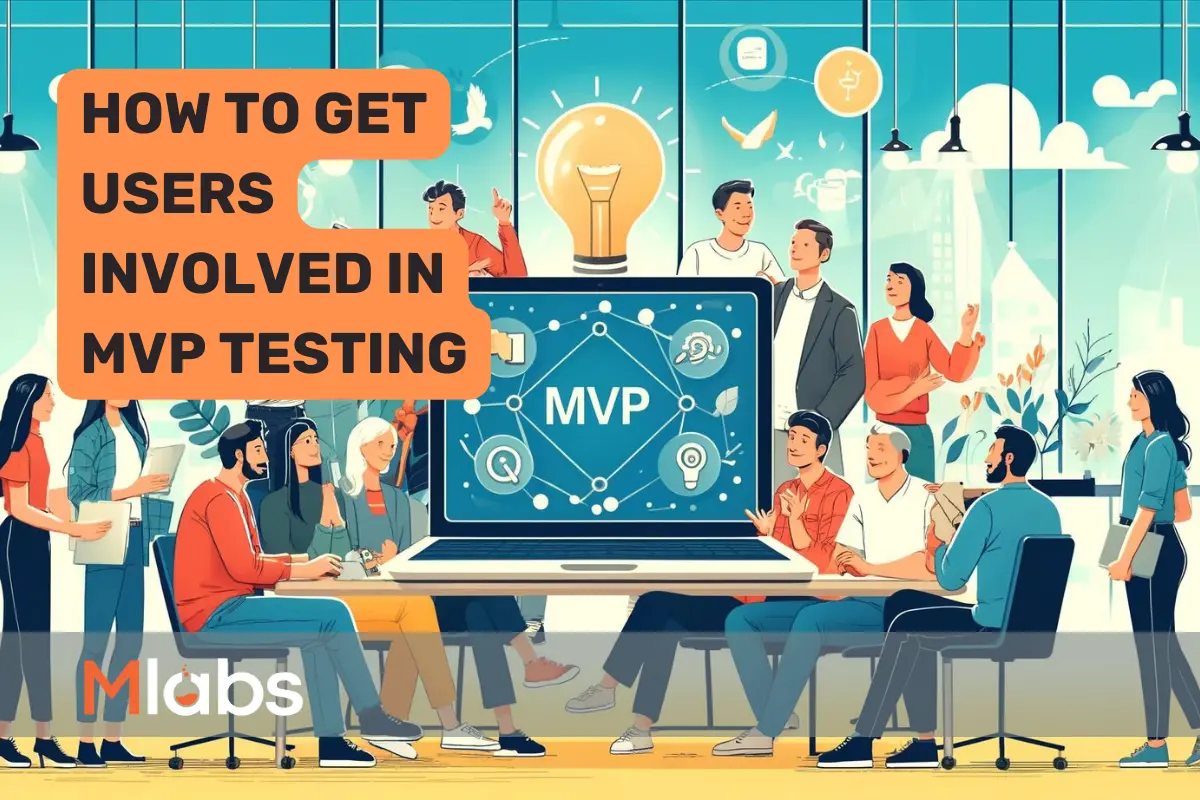
Simon Jenner
Tuesday 9 April 2024

But how do you ensure this dream resonates with your target audience? The key lies in involving your first friendly customers in the MVP testing phase.
Posted in:
Startups
Once you have completed the Quality Assurance testing you are comfortable that the product is working but you now need real customers to provide the final feedback before launch.
The key to this testing lies in involving your first friendly customers in the MVP testing phase. Let's dive into how you can approach them, engage them, and gather invaluable feedback.
1. Identifying Your Early Testers
The first step is identifying who these early testers will be. A great place to start is your waiting list - these individuals have already expressed interest in what you're building. They are likely to be more forgiving, understanding, and genuinely interested in helping you improve. Consider demographics, user behaviors, and any other data you've collected to choose a diverse group that represents your target market.
2. Crafting Your Approach
Once you've identified potential testers, it’s time to reach out. Personalization is key. Draft an email or message that is personal, acknowledging their early interest in your product. Explain why their feedback is critical and how they can play a significant role in shaping your product. Make them feel like they are part of your journey, not just testers.
3. Setting Expectations
Be clear about what testing the MVP entails. Provide a timeline, what kind of feedback you’re looking for, and how they can communicate this feedback to you. Transparency about the MVP’s current state and limitations helps set realistic expectations.
4. Facilitating the Testing Process
Make the testing process as smooth as possible. Offer a simple, direct way to access your MVP. If possible, provide a brief guide or tutorial to help them get started. Ensure there’s a straightforward method for them to report bugs, share thoughts, and provide feedback.
5. Gathering Feedback
The feedback stage is crucial. Create structured ways for testers to give feedback – be it through surveys, feedback forms, or scheduled calls. Encourage honest and detailed feedback. Ask specific questions like what they liked, what they didn’t, and what they would change.
6. Showing Appreciation and Follow-up
Don’t forget to show appreciation for their time and insights. A thank you note, a mention in your product credits, or early access to the final version are great ways to express gratitude. Keep these early testers in the loop with updates based on their feedback. It fosters a sense of community and involvement.
7. Analyzing and Acting on Feedback
Lastly, analyze the feedback. Look for patterns and common themes. Use this data to make informed decisions about which changes to implement. Remember, not all feedback will be actionable or align with your vision, and that’s okay. It’s about finding the right balance.
Conclusion
Engaging your first friendly customers in MVP testing can be incredibly rewarding. It not only provides you with valuable insights but also starts building a community around your product. As a non-technical founder, remember that your strength lies in your vision, your understanding of the customer, and your ability to bring people together. Use these strengths to turn your MVP into a product that truly resonates with your audience.
Ready to launch your startup idea with an MVP?
Download our step by step guide for non-technical founders to create a startup Minimum Viable Product (MVP)
Get the eBook

